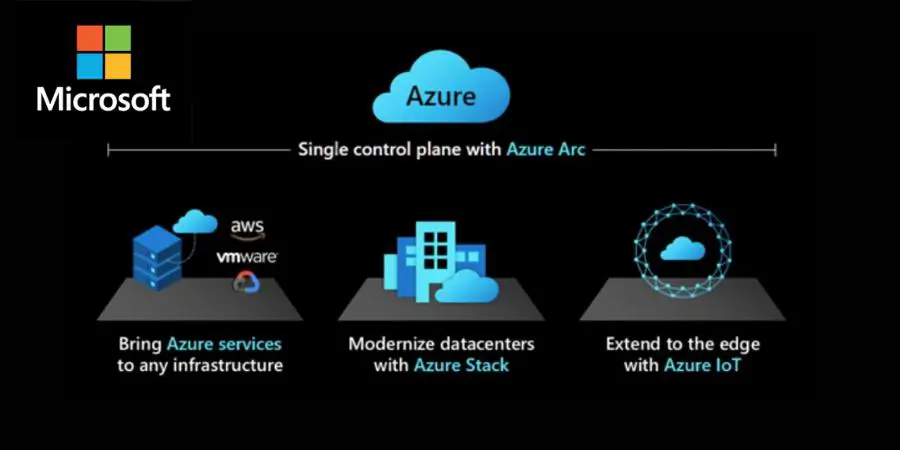
Azure Arc: Bringing Simplicity to Complex IT Environments
Added Monday 16 June 2025 by Arrow
Modern IT estates rarely live in one place. A single company might run workloads in Azure, host some applications on AWS, keep critical systems on premises, and deploy lightweight services at the edge. This kind of sprawl is now the norm rather than the exception. While it gives teams the flexibility to choose the right environment for each job, it also brings added complexity. Different clouds come with different tools, management consoles and policies. On premise resources often sit apart from the rest of the estate. The result is fragmentation, inconsistency and a lot of duplicated effort.
This is where Azure Arc becomes valuable. It is Microsoft’s approach to giving organisations a unified way to manage, govern and secure their infrastructure, wherever it runs. In simple terms, Azure Arc lets you bring non Azure resources into the Azure management plane. That means you can use the Azure Portal, Azure Policy, Microsoft Defender for Cloud, Azure Monitor and other familiar tools to oversee your entire environment – not just the bits that happen to be in Azure.
The experience for those working day to day with infrastructure becomes noticeably more cohesive. You no longer need to switch between multiple interfaces just to check health, enforce policy or apply updates. A Linux virtual machine running in Google Cloud or a Windows server in your own data centre can appear in Azure and be treated like any other Azure resource. That means it can have tags, be part of resource groups, follow compliance policies and contribute to reporting in just the same way.
For teams managing Kubernetes clusters, Azure Arc offers even more. It supports popular distributions such as AKS, OpenShift and GKE, and allows you to onboard clusters for central configuration management using GitOps. Monitoring, deployment and policy enforcement can then be handled through a single platform. Whether your clusters are running in Azure or across other environments, the operational model stays consistent.
There is also the option to run Azure services outside of Azure. With Azure Arc enabled data services, such as Azure SQL Managed Instance and PostgreSQL Hyperscale, you can deploy cloud native database platforms on your own infrastructure. You still benefit from automated updates, elastic scaling and built in monitoring, while keeping the data in a location that suits regulatory or latency requirements.
Importantly, Azure Arc does not require you to learn an entirely new way of working. If you already use Azure tools, much of your knowledge carries over. Onboarding resources typically involves installing an agent or connector, and the process has been designed to be straightforward for IT professionals.
What this ultimately means is more control, less overhead and a consistent way to apply governance across everything you manage. For many teams, it removes the need to compromise between flexibility and simplicity. Azure Arc brings order to the modern IT estate without demanding that everything be moved into a single cloud. And that, in a world of increasing complexity, is a powerful proposition.
More Information
If you’d like hear more about this, please complete the form below:
